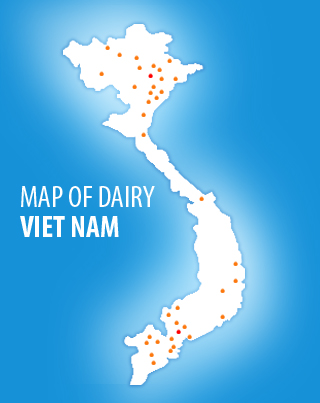Health and Welfare
Benefits of Recording and Monitoring Cow Events

Production Perspective
As soon as a calf is born her record begins with her ID and genetics. Information on the amounts, quality, and times colostrum is fed should be recorded as well as any vaccinations or treatments performed. Vaccination protocols require booster shots so keeping track of animals and dates is extremely important. Calves are susceptible to scours and respiratory problems and listing health and treatment events is useful in sorting through potential inadequacies in operating procedures. The more thorough the records are kept the easier it is to spot problems before they become disasters.
After weaning the majority of events involves movement from pen to pen or in some cases another facility. Prior to breeding age many of the events recorded are booster shots and the occasional health problems. Some producers will weigh and measure height of animals to ensure they are growing within the recommended parameters. This can be helpful in deciding when animals are ready to be bred instead of relying solely on age. The next major list of events is related to heat detection and number of times bred.
Once an animal is confirmed pregnant there may be some follow-up vaccinations and possible hoof trimming events. The expected calving date is typically recorded and preparations are made as she is close to entering the lactating herd.
From freshening day forward the volume of events recorded increases substantially. As the lactating animal enters the herd, there will be events related to health (both preventatives and treatments), production, milk quality, reproduction, hoof trimmings, body condition scores, and others depending on the operation. With all the challenges facing the dairy industry why are some operations not keeping good records or implementing basic management protocols?
The two answers are time and money. Those operations keeping good records usually respond by saying they don’t know how they would function without having all the information at their fingertips to evaluate how the herd is doing. For them finding time is a priority and the positive results far outweigh the investment in time. Keeping track of herd events does not equate to having fewer problems compared to the herd keeping minimal records; the advantage of good records is finding the problems faster and making corrections sooner while minimizing production loss or high cull rates.
The Penn State extension dairy business management team has itemized the costs associated with reproduction, vet and medicine. This area on the farm rarely is the cause of poor profitability. The cost per cow per year averages $76 for reproduction and $111 for vet and medicine. These expenses are relatively insignificant compared to the big ticket items of feed and labor costs. The advantages far outweigh any negatives associated with implementing standard operating protocols and using records to monitor animal events.
Action plan for monitoring health events of the dairy operation.
Goals
With the appropriate software program, develop a system for entering information on a daily basis on all animal groups in the herd.
Steps
- Step 1: Develop standard operating procedures for events such as freshenings, vaccinations, breedings, and treatments.
- Step 2: Depending on the herd size, on a daily/weekly basis generate the appropriate reports to check that all animals have received their vaccinations, treatments or other age related events.
- Step 3: On a monthly basis review the number of incidences of health events by age, pen, and/or stage of lactation with the farm's advisory team.
- Step 4: Based on the findings, implement the necessary adjustments in protocols to correct the problem(s).
Economic perspective
Monitoring must include an economic component to determine if a management strategy is working or not. For the lactating cows income over feed costs is a good way to check that feed costs are in line for the level of milk production. Starting with July's milk price, income over feed costs was calculated using average intake and production for the last six years from the Penn State dairy herd. The ration contained 63% forage consisting of corn silage, haylage and hay. The concentrate portion included corn grain, candy meal, sugar, canola meal, roasted soybeans, Optigen (Alltech product) and a mineral vitamin mix. All market prices were used.
Also included are the feed costs for dry cows, springing heifers, pregnant heifers and growing heifers. The rations reflect what has been fed to these animal groups at the Penn State dairy herd. All market prices were used.
Income over feed cost using standardized rations and production data from the Penn State dairy herd.
Note: March's Penn State milk price: $18.49/cwt; feed cost/cow: $5.69; average milk production: 84 lbs.
Feed cost/non-lactating animal/day.

















